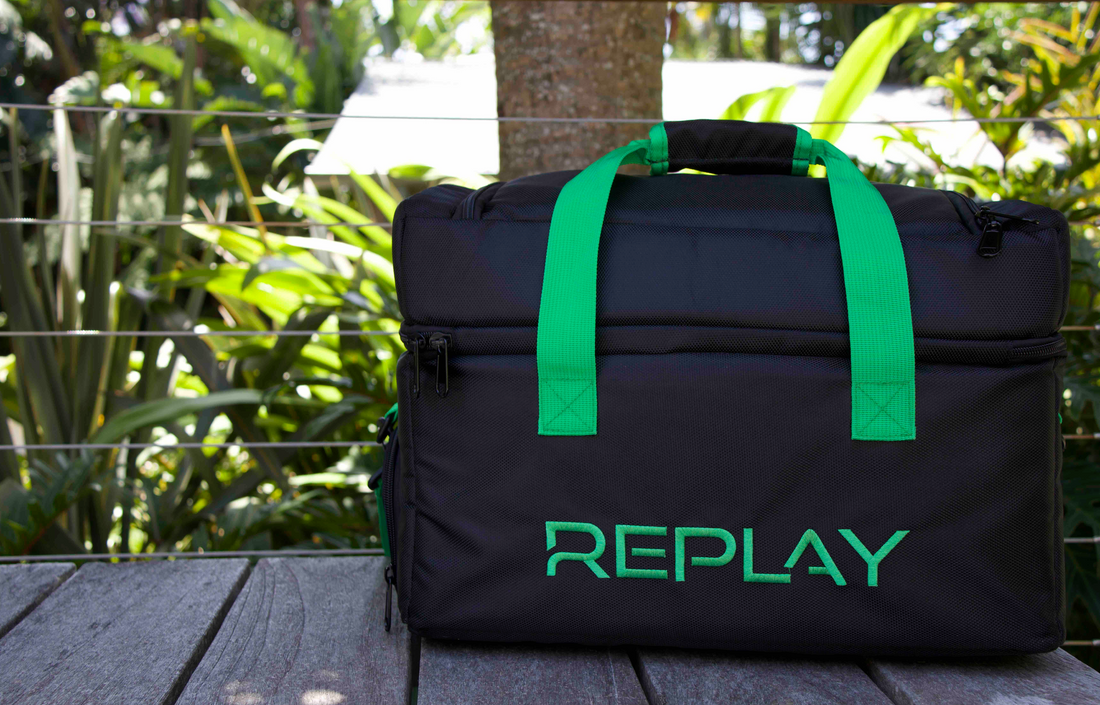
6 Effective Treatments for Muscle Strain Recovery
Share
Muscle strains can happen to anyone, regardless of activity level. A muscle strain occurs when a muscle or tendon (the tissue that connects muscles to bones) is damaged. The injury can range from a minor overstretch to a complete tear. Strains aren't limited to athletes; they can occur when lifting heavy objects, like a box of books, or even playing with a grandchild. Repeated use of a muscle, awkward movements, or sudden twists can also cause strain.
No matter the cause, the result is often pain, swelling, and discomfort. While many muscle strains can be treated at home or with physical therapy, more severe cases may require surgical intervention. If you're unsure about how to treat a muscle strain, it’s always wise to consult your doctor, who might suggest the following methods to speed up recovery.
Here are six common treatments to help ease the pain and promote healing from a muscle strain:
1. Cold Therapy
Cool down! Tissue damage often leads to pain and inflammation. Inflammation is your body’s natural response to injury, but excessive swelling can delay recovery. Applying cold to the affected area right after the injury occurs can help manage both pain and swelling. Aim to use cold therapy for 20-30 minutes multiple times a day. Options include:
- Ice or gel packs
- Cold-water baths
- Cold therapy systems
While ice packs are a convenient immediate solution, cold therapy systems offer continuous, consistent cooling, which may be more beneficial throughout your recovery process.
2. Compression
Apply pressure! Compression helps manage swelling and inflammation, both of which can hinder recovery and intensify pain. You can use static compression (like an elastic bandage or cloth wrap) or active compression, which involves a pumping motion that helps remove excess fluid from the injury site while boosting circulation. Active compression is especially helpful for promoting blood flow, which aids tissue repair.
3. Massage
Let the healing begin! Therapeutic massage can loosen tight muscles, increase blood circulation, and encourage healing by removing excess fluid and waste products left by immune cells. A 2012 study found that massage shortly after a muscle injury may accelerate healing. If the area is too tender right after the injury, wait a few days and consult with your doctor. Once the initial pain subsides, massaging the injured area and surrounding muscles can improve blood flow and range of motion.
4. Heat Therapy
Once the swelling has reduced, heat therapy can be useful in alleviating pain. Heat improves circulation, which may help speed up healing. Tools for heat therapy include:
- Electric heating pads
- Warm baths or hot tubs
- Hot water bottles or cloths
Alternating heat and cold therapy can also effectively address both pain and swelling.
5. Physical Therapy
It’s important to stay active during the recovery process to prevent the muscles around the injury from weakening. Physical therapy can help you regain strength and flexibility, minimizing the chance of future injuries. A therapist will guide you through stretching exercises to maintain your range of motion and might introduce strengthening exercises to build up supporting muscles and reduce strain on the injured area.
6. Pain Relief Medication
Muscle strains can cause significant pain, and if the injury involves a large muscle group, it may affect your daily activities. Over-the-counter pain relievers like aspirin or NSAIDs (non-steroidal anti-inflammatory drugs) can reduce pain and swelling. For more severe strains, your doctor might prescribe stronger pain medication for a short period. As always, consult with your healthcare provider before starting any medication.
By using these treatment strategies and working with your doctor or physical therapist, you can manage muscle strain symptoms and speed up the healing process.
